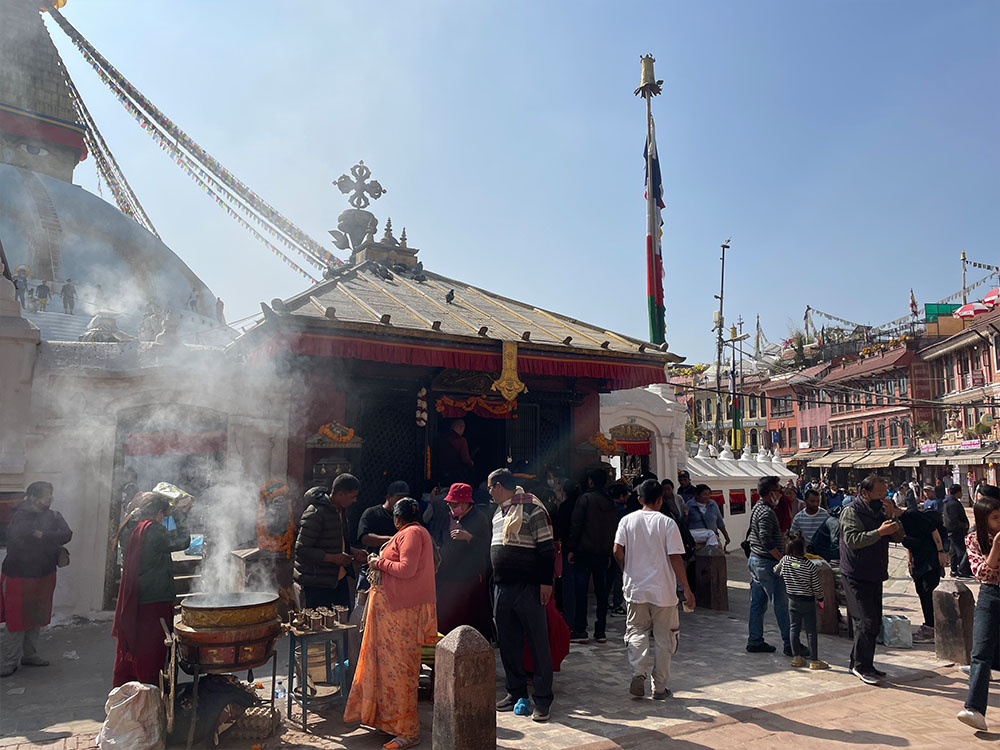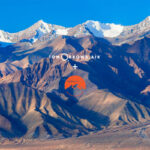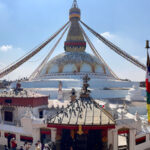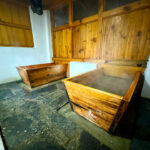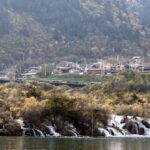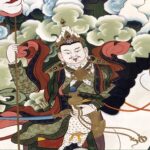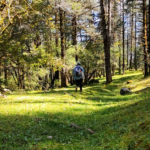Nestled in the midst of the dizzying streets of Kathmandu is the most well known Stupa in the city. Each day, multitudes of people encircle the shrine in hopes of having their wishes fulfilled or to gain power from spiritual forces that dominate the culture of Kathmandu as well as the rest of Nepal. The stupa is reportedly the largest stupa in the world. It was listed as a UNESCO World Heritage Site in 1979.

The origins of Boudhanath are a mystery. There is no name associated with its builder or architect and there is no archeological record to identify when the project began. Major renovations are known to have taken place in the 1600’s, 1918, 1968, and most recently after the 2015 earthquake in Nepal.

Stupas, in general, are common throughout the Himalayan region. The word, stupa, has its origins in Sanskrit. In Tibetan they are called chorten. In Vedic culture they were built in memory of prominent figures. Buddhism adopted them to memorialize their spiritual figures. In addition to memorializing a known figure, they also are used to house relics that belonged to past figures in order to preserve these items. It is common for prominent stupas such as Boudhanath to be visited by large crowds throughout the day. The most important stupas across the region are often crowded from first light until sundown.

Boudhanath is surrounded by an array of shops and restaurants as well as several key monasteries. These include the Guru Lhakhang Monastery of the Nyingma Sect, Sametling Monastery of the Geluk Sect, Jhamchen Lhakang of the Sakya Sect, and Dilyak Yevam of the Kagyu Sect. Extending throughout the neighborhoods that surround Boudhanath are approximately 40 monasteries or temples.
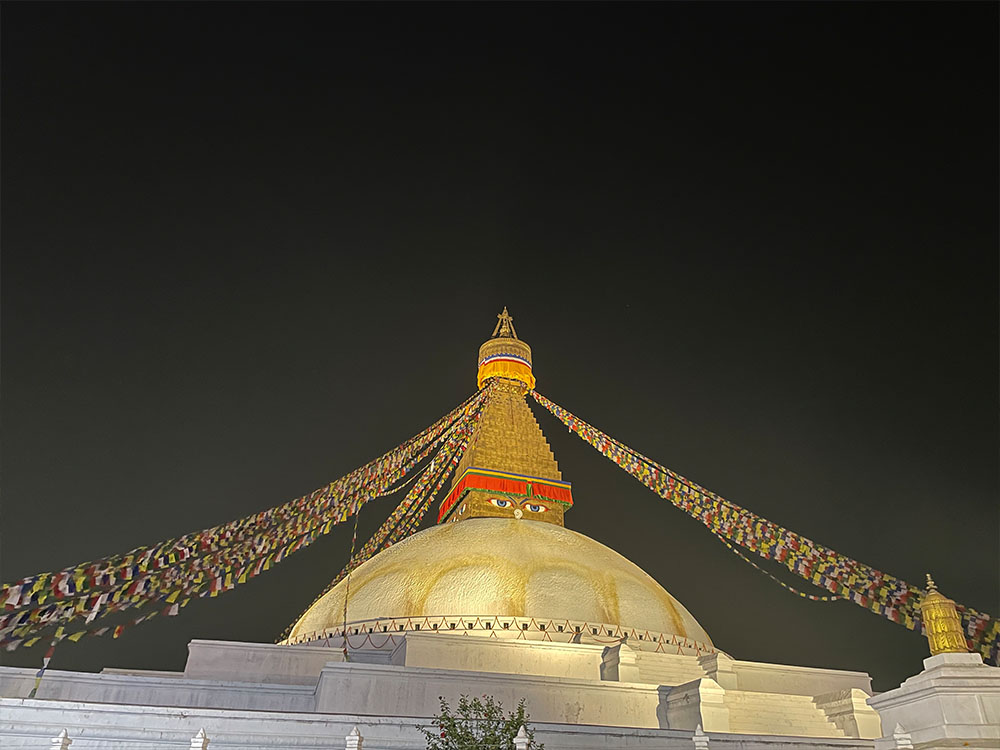
Some of the best local eateries are adjacent to the stupa or tucked away in the alleyways that run to and from the circular hub of Boudhanath. When visiting this area, be aware that you may be required to pay a fee to one of the ticket booths. The enforcement of this policy is inconsistent so it may seem like a targeted, unfair practice toward foreigners but don’t worry because it is a normal practice to collect a fee for this UNESCO site. The ticket is good for several days so once you do purchase one, keep it for subsequent visits to the local stores and cafes that surround the stupa.
Want to experience this area of Kathmandu as well as other locations around Kathmandu? Consider adding a couple of extra nights to one of our Nepal trips.
